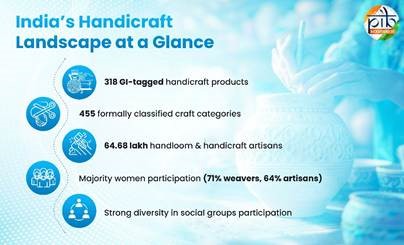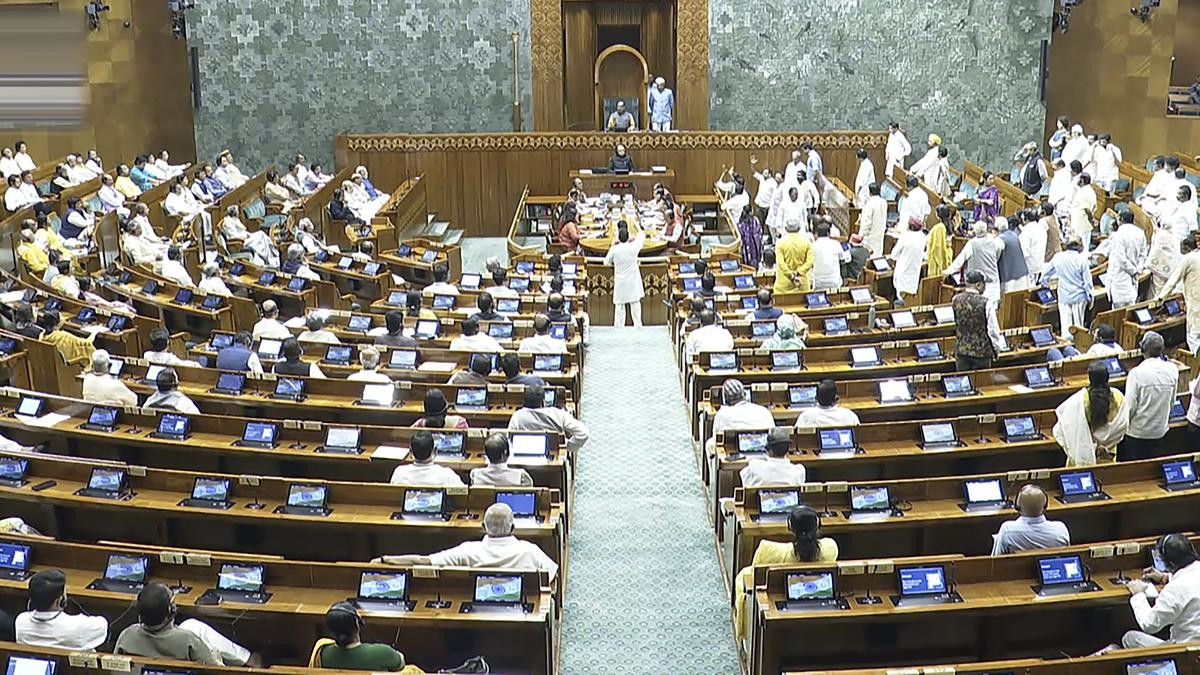



reduction in United States interest rates reshapes global capital movements and directly influences India’s financial landscape. Lower United States yields make emerging markets more attractive, potentially boosting foreign investment, easing borrowing conditions, and supporting growth through cheaper imports and improved liquidity. However, these benefits come with risks such as currency volatility, uncertain capital flows, export pressures, and inflationary spillovers. India must balance global monetary easing with domestic priorities—maintaining financial stability, strengthening structural reforms, and ensuring prudent macroeconomic management—to fully leverage opportunities while mitigating vulnerabilities.

Copyright infringement not intended
Picture Courtesy: Market Screener
The Federal Reserve has cut policy rates, but the cost of overnight funding (repo rates) in US money markets remains elevated. This signals liquidity stress in the financial system
|
Must Read: Impact of US rate cut on India | US FED RATE HIKE | Hawkish Economic Policy |
Capital flows and investment sentiment: Lower yields on U.S. treasury securities reduce the attractiveness of U.S. financial assets. This often redirects capital from advanced economies toward higher-yielding emerging markets.
Impact on India
During the 2020–2021 Federal Reserve quantitative easing cycle, India saw USD 37 billion of equity inflows (NSDL), contributing to a market rally and lower bond yields.
Exchange rate dynamics and external sector: A Federal Reserve rate cut often weakens the U.S. dollar. A softer dollar tends to strengthen the currencies of emerging markets.
Impact on India
In 2017, after a period of global monetary accommodation, the rupee appreciated from ₹68 to ₹64 per dollar, which moderated import costs but slowed export momentum.
Domestic monetary policy space: When global interest rates fall, the Reserve Bank of India faces less pressure to maintain high domestic interest rates to defend the currency.
After the Federal Reserve softened policy in late 2019, the Reserve Bank of India shifted toward an accommodative stance, helping lower corporate bond yields and home loan rates.
Strengthening of Indian government bonds (IGBs): When U.S. short-term funding becomes expensive, risk-sensitive global investors rebalance portfolios toward more stable emerging markets such as India. Higher demand for Indian G-Secs, especially after inclusion in the JPMorgan Global Bond Index (from June 2024 onward).
Relative attractiveness of India increases: U.S. liquidity tightening and volatile repo markets highlight India’s macro stability: This contrast improves India’s risk-adjusted attractiveness, pulling in portfolio flows (FPI).
Boost for Indian equity markets: Tight U.S. short-term liquidity often leads investors to reduce exposure to leveraged trades in the U.S. and shift toward growth markets with strong domestic demand—like India.
Opportunity for RBI to maintain growth-friendly policy: Since the Fed is cutting rates but funding stress keeps U.S. yields volatile, India benefits because the RBI does not face pressure to hike rates.
Currency volatility and external sector risks: A Fed rate cut often weakens the U.S. dollar. However, the direction of capital flows is not linear—and this uncertainty can destabilise the Indian rupee. During the 2013 "Taper Tantrum", sudden global financial tightening led to the rupee falling nearly 20% in a few months.
Export vulnerability from weakening U.S. demand: A Fed rate cut often signals economic slowdown in the United States—the largest destination for India’s goods and services exports. During the 2008 global financial crisis, India’s IT-BPM export growth fell from 28% to 7%, demonstrating high vulnerability.
Financial market volatility: Lower U.S. rates increase global liquidity, but this liquidity is highly sensitive to risk appetite. In 2024–25, NSE and BSE saw nearly ₹30,000 crore in sudden FPI withdrawals triggered by geopolitical concerns despite global easing.
Inflationary Pressures from Global Commodity Prices: A weaker U.S. dollar sometimes pushes investors toward commodities, raising their prices. After the 2020 Fed expansion, global commodity prices rose sharply, leading India’s wholesale inflation to cross 12% in mid-2021.
U.S. Federal Reserve rate cuts create both opportunities and vulnerabilities for India. While lower global interest rates can ease borrowing costs, attract foreign investment and support growth, they also heighten risks of currency volatility, unstable capital flows, rising inflation, and financial sector stress. The net impact ultimately depends on India’s domestic resilience. A balanced strategy—anchored in prudent monetary policy, strong macroeconomic fundamentals, and sustained structural reforms—is essential to ensure that India benefits from global easing cycles without becoming exposed to their inherent instability.
Source: Market Screener
|
Practice Question Discuss how U.S. Federal Reserve monetary policy influences India’s macroeconomic stability. (150 words) |
Because the United States is the world’s largest financial market and the U.S. dollar is the global reserve currency. Any change in U.S. interest rates alters global capital flows, currency values, commodity prices, and risk appetite — which immediately influences emerging markets like India.
A lower U.S. rate reduces returns on dollar assets.
This pushes global investors to seek higher yields in emerging markets.
India, with its relatively stable macroeconomic environment, becomes attractive for:
Example: After the 2019 Fed rate cuts, FPI inflows into India surged above USD 14 billion within months.
Because a rate cut often weakens the dollar, making the rupee appreciate.
A stronger rupee reduces India’s export competitiveness and diminishes profit margins for IT, pharmaceuticals, textiles, and engineering goods.







© 2025 iasgyan. All right reserved